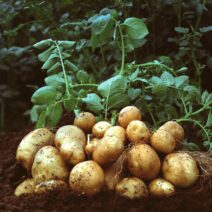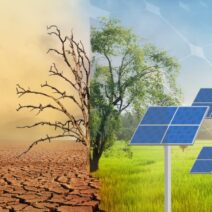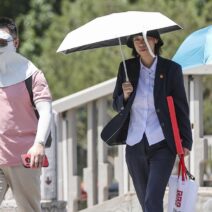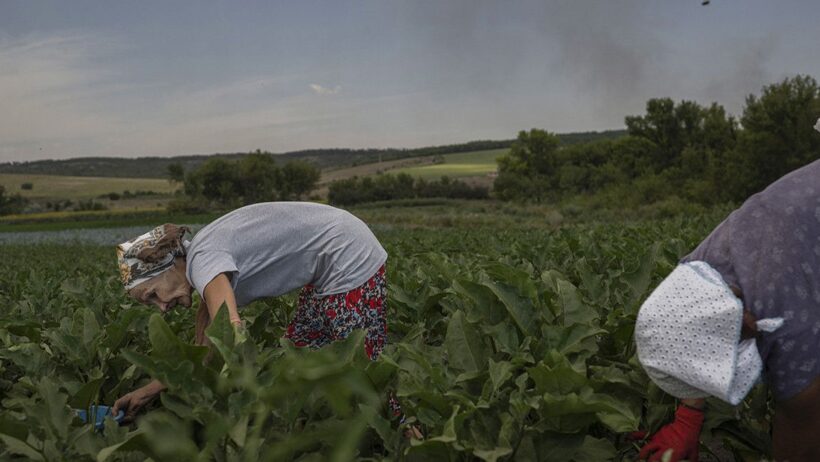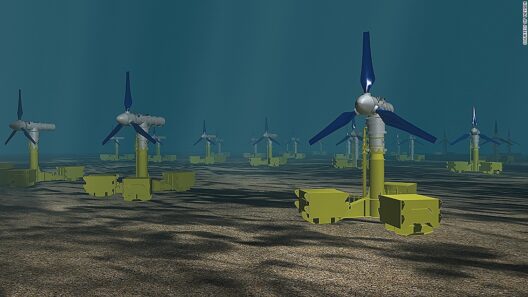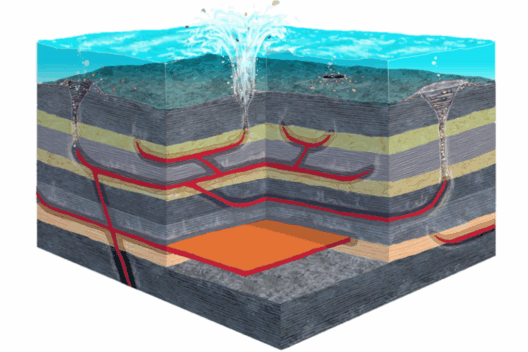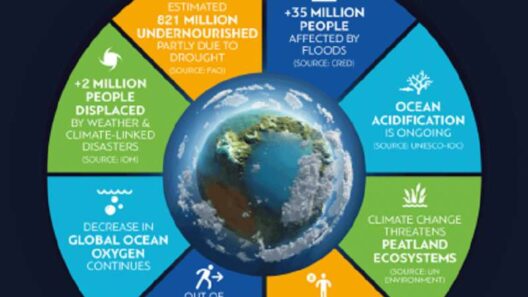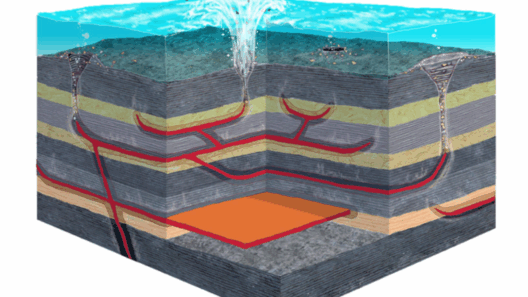In recent years, the intersection of agriculture and environmental dynamics has evolved into a critical focus amidst a backdrop of climate change exacerbation. The phenomenon commonly referred to as global warming has exerted profound pressure on agricultural practices and crop production. The effects are particularly pronounced in conflict-ridden areas, where farming operations face not only the adversities of climate change but also the volatility of human conflict. This discourse delves into the intricate relationship between global warming and its impact on agricultural viability, especially in regions affected by warfare.
Climate change manifests through various mechanisms, notably altered precipitation patterns, heightened temperatures, and the increased frequency of extreme weather events. Rainfall, a quintessential component for crop cultivation, has become increasingly erratic. In some areas, droughts have rendered soil parched and inhospitable, while in others, excessive downpours have led to flooding, washing away potentially bountiful harvests. This variability profoundly impacts the agricultural calendar, often hindering farmers’ ability to predict optimal planting and harvesting times; in turn, this uncertainty can lead to food insecurity.
Increasing temperatures present another insidious challenge. Many crops, such as wheat and maize, have specific temperature thresholds beyond which their growth and yield significantly decline. Research indicates a decline in the yield of these staple crops by approximately 10% for every degree Celsius rise in temperature. This is particularly daunting when we consider projections that suggest global temperatures could rise by as much as 2 to 4 degrees Celsius by the end of the century. Consequently, farmers may face diminishing returns, and hunger rates could escalate as staple foods become less viable.
In regions like Eastern Ukraine, where farming activities are additionally hampered by the strains of conflict, the dual pressures of ecological upheaval and geopolitical instability create a particularly precarious agricultural environment. Farmers endure not only the immediate threats posed by military operations but also the long-term ramifications of environmental degradation. The ongoing conflict disrupts essential supply chains, inhibits access to markets, and restricts the availability of resources critical for farming, such as fertilizers and pest control measures. Moreover, farmers are often compelled to abandon their crops, leading to both local and broader economic ramifications.
Beyond immediate conflict, the legacy of warfare can leave agroecological systems drastically altered. Post-conflict environments may see changes in land use, soil fertility, and biodiversity, all of which can preclude the restoration of agricultural productivity. The introduction of unexploded ordnance and other remnants of war can further complicate the rehabilitation of farmland. As a result, regions that once flourished agriculturally may find themselves struggling to maintain productivity in the face of both climatic and human-induced challenges.
Adaptation and mitigation strategies emerge as essential tools in addressing these multifaceted challenges. Farmers can incorporate agroecological practices that enhance soil health, increase biodiversity, and foster resilience against climate shocks. Crop diversification is an effective strategy, whereby farmers cultivate a variety of crops rather than relying on a few staples, thus spreading their risk. Implementing water conservation techniques, such as drip irrigation or rainwater harvesting, can also sustain crop production despite irregular rainfall.
Furthermore, the role of technology cannot be overstated. Precision agriculture harnesses data analytics and satellite imagery to optimize farming practices, ensuring that resources are utilized judiciously. Genetically modified crops that are engineered for resilience to heat and pests also hold promise for future food security. These solutions enable farmers to adapt to changing climatic conditions while maintaining productivity.
International cooperation and policies are imperative to navigate the intricacies of farming under fire and climate change. Countries must commit to implementing policies that promote sustainable agricultural practices and support farmers, particularly in conflict-vulnerable regions. Global initiatives to reduce greenhouse gas emissions are paramount; climate change knows no borders, and collective action is required to stabilize our environment.
Education plays a pivotal role in equipping farmers with the knowledge and skills necessary to implement adaptive strategies. Extension services should provide timely access to scientific research and best practices, fostering innovation at the farm level. Additionally, investing in community education can empower local populations to advocate for climate-resilient agricultural policies.
In summary, global warming poses a significant threat to crop production, particularly in conflict-affected regions like Eastern Ukraine. The intertwined realities of climate change and human conflict necessitate a multifaceted response that encompasses ecological, technological, and policy-driven solutions. Through sustainable practices, technological innovation, and international collaboration, it is possible to cultivate resilience in our farming systems. The road ahead may be fraught with challenges, yet it is also ripe with opportunities for transformation and adaptation that sustain both agricultural viability and global food security.
